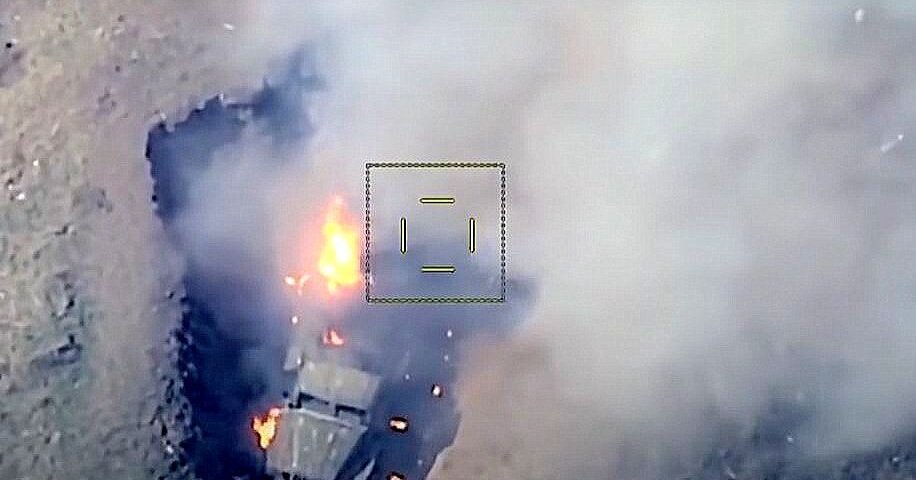Nagorno-Karabakh the new conflict is not just Azerbaijan and Armenia’s exchange of artillery shells, as experienced above. After the first clashes on September 27, Azerbaijanis switched Armenian defenses and have been reporting on new occupied villages and towns almost daily since then.
–
Content will continue after the ad
Advertising
–
Azerbaijanis have targeted Nagorno-Karabakh and the surrounding area, which Armenia occupied in the early 1990s as a buffer zone, “recovery”. Meanwhile, the Armenian side portrays the conflict as an attack on Armenian and Christian countries, respectively.
The President of Azerbaijan, Ilham Aliyev, also solemnly celebrated the conquest of almost every village and city. And he has something to note – Turkey In the difficult mountainous region of supported Azerbaijan, new territories are being occupied relatively rapidly. This has raised the question of the armaments of the two militarized countries.
While the Armenian side, like the Azerbaijanis, has an extensive period of USSR Russian armament, Azerbaijan’s arsenal has shown incomparably stronger. Its biggest trump card in the latest conflict is considered to be Turkish and Israeli drones.
The drones have completely changed the usual position and trench war in the mountainous area. According to propaganda videos published by Azerbaijani nasks, surveillance drones accurately determine Armenian positions, but attack drones successfully destroy them one after another, and their missiles also destroy radars that should be protected from such attacks.
For example, a video shows a missile destroying one of Russia’s latest products, a very high-frequency radar, the Nebo-M, specifically designed to intercept “invisible” aircraft.
As can be seen in countless videos published by Azerbaijanis, drone attacks destroy armor, air defense systems and radars, as well as simple infantry positions inside and outside hiding places.
https://www.youtube.com/watch?v=Zj7H_XZBLDs
#Azerbaijani drones are really pummeling Armenian defences….crushing them like wrath of God.
This is a new new dimension of drone deployment in conventional wars.
Pakistan should be looking at it with great interest…#AzerbaijanWithPakistan #Azerbaijan #Karabakh pic.twitter.com/98TmzO8Ira– Zaid Hamid (@ZaidZamanHamid) October 19, 2020
New drone strikes here. Not released by Azerbaijan MoD. pic.twitter.com/ItO5oMVOwB
– Palali???????????????? (@ turin19t) October 18, 2020
This military superiority allowed the Azerbaijanis to cross the front near the Iranian border as early as October 3 and to almost reach the Armenian border through the Armenian-occupied territories of Azerbaijan. The Armenians had raised Russian flags there (there has also been unconfirmed information that the Russian army units themselves were stationed at the border), thus trying to deter the attack.
As a result, Azerbaijani forces have secured the back of the front, where the Iranian border is located, and are likely to move north. Such plans are also confirmed by the bombing of nearby Armenian army positions and villages.
There have been hostile relations between Azerbaijan and Armenia since the early 1990s, when there was a war over Nagorno-Karabakh, a predominantly Armenian population. This has left deep scars on both sides.
During the war, Armenians carried out bloody ethnic cleansing against Azerbaijani civilians, who were in a significant minority in Karabakh, in order to get them to leave, as well as firing on towns near the front. The other side was similarly bloody against the Armenians living in Azerbaijan, and the Karabakh capital and other major centers were subjected to prolonged bombing. About 35,000 people lost their lives in the war, and more than a million people in both countries were forced to flee their homes.
Nagorno-Karabakh, which was part of the Azerbaijani SSR during the Soviet era, has been a “de facto” independent Armenian republic since the early 1990s and defended de facto self-determination in the war. Nagorno-Karabakh is considered by the international community to be part of Azerbaijan and no country, not even Armenia, has recognized its independence.
–


